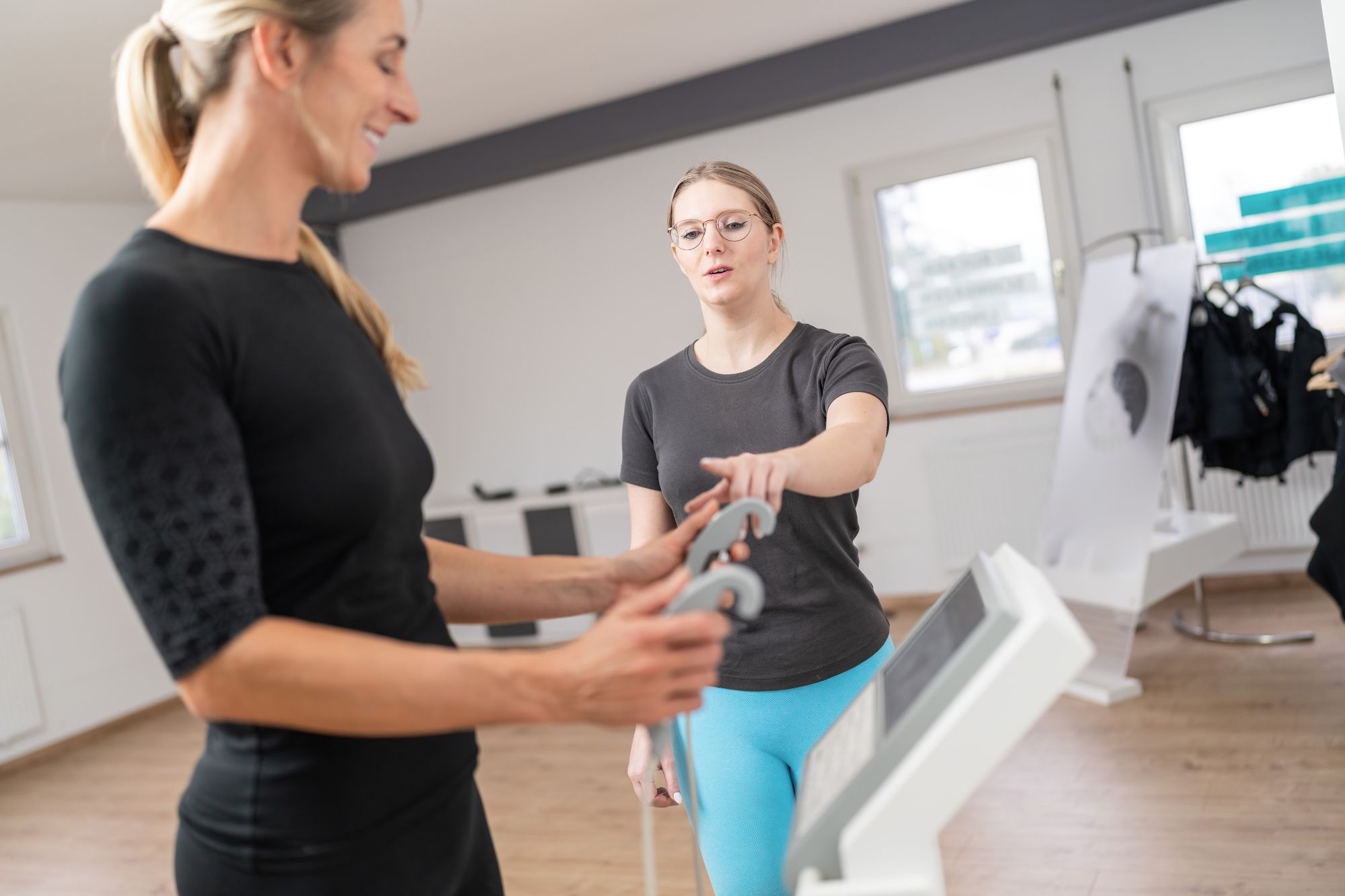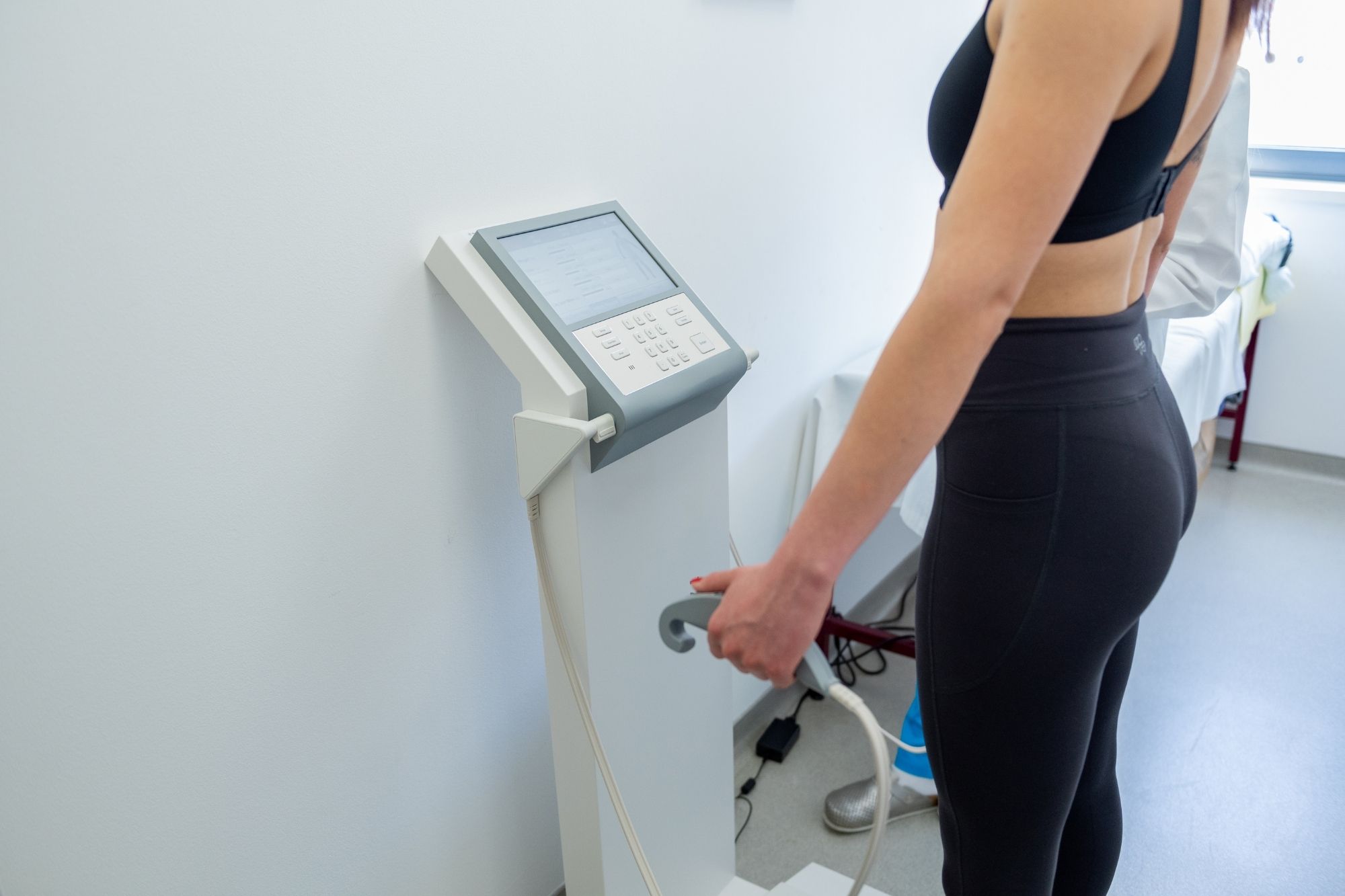Body Composition Analysis
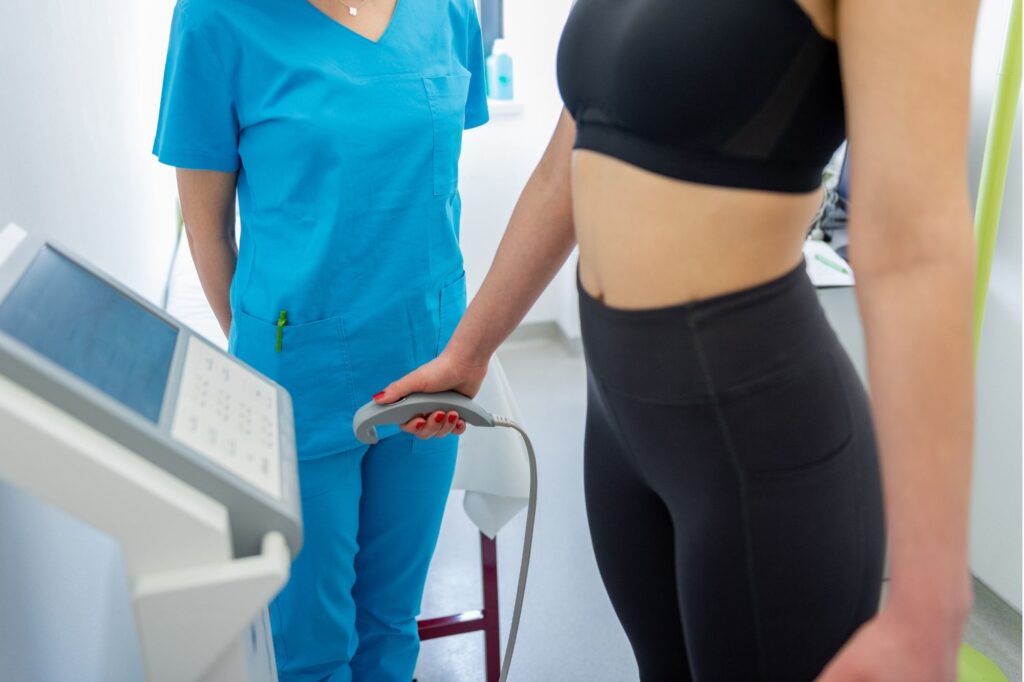
Maira's body composition analysis
Know exactly how to reach your fitness goals
Maira provides body composition analysis that measures muscle mass, fat ratio, and water weight. so that you can Customize your plans for weight loss or gain accordingly.
Better understanding how healthy you really start with measuring your body composition – and going beyond just monitoring what the scales say. Once you discover what changes need to be made (whether it’s gaining more lean muscle or lowering fatty deposits), it will become clear what steps will be required to bring about a healthier physical state, which has many benefits for mental well-being too.
Get your accurate Body Composition Analysis now!
Have you been struggling to lose weight? Frustrated with food allergies? Wondering why your body is so out of shape? Whatever the reason may be, Maira can provide the solution.
Maira offers an analysis of your body composition that provides specific details about your current state. By measuring your muscle mass, fat ratio, and amount of water weight, Maira can create a customized plan for weight loss or weight gain – no matter what type of training you are looking for.
Find out more about this amazing service here and take advantage of our limited offer – for a limited time only!
Maira's Body Composition Analysis!
Body composition analysis is the assessment of how much fat you have relative to lean muscle. While it’s important for everyone to know their body mass index, athletes need to pay even closer attention than most people do.
For them, they want to stay in a healthy ratio between muscle and fat; this usually means staying below 30% body fat while also maintaining a sufficient amount of lean muscle.
Since these factors are changing constantly throughout one’s life span depending on what they’re doing at the time, we would generally recommend periodic measurements so that people can keep track of their progress and make adjustments accordingly – whether it’s losing weight or gaining more strength.

Maira Wellness
Your Go-to Wellness Clinic
Have Any Question?
- (+91) 9620762625
- mairawellnesscenter@gmail.com
Book An Appointment
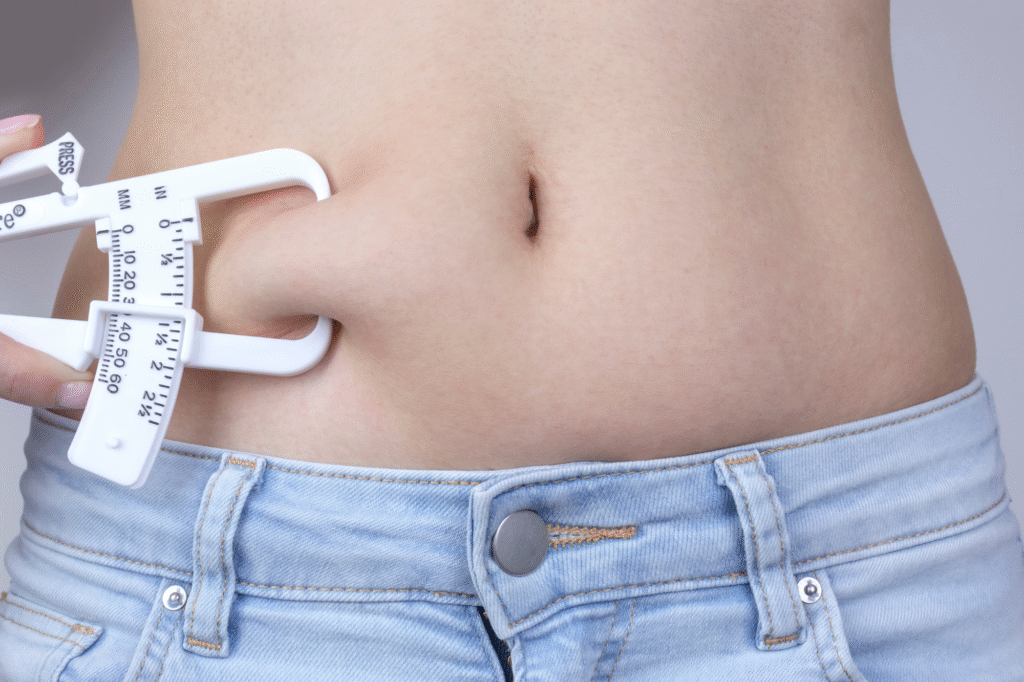
Skin Calipers
One of the many ways to measure body fat is with a pinch test. This method involves using an instrument called a caliper which can be easily carried and handled, and it’s very easy to use. Based on measurements from these instruments, scientists can estimate your Total Body Fat Percentage (TBFP).
Unfortunately, there are many flaws with this instrument due to its reliance on one type of body fat—subcutaneous fat. TBFP includes several types of fats within the human body including subcutaneous fat and other types that cannot be seen through observation.
In addition, even if you’re skilled at measuring TBFPS accurately, there are many factors that make it tough to do so such as when the person being measured has excess subcutaneous tissue over 5 centimeters thick or is storing high amounts of muscle mass in their legs.
Lipolysis
The newest innovation in noninvasive laser lipolysis technology, Lipolysis helps you lose inches from your waistline from the very first session. The Lipolysis System targets and shrinks fat cells using low-level lasers to produce fast and safe body contouring results.
Results will typically become visible within the first hour of treatment making Lipolysis an excellent solution for quick and reliable body shaping.
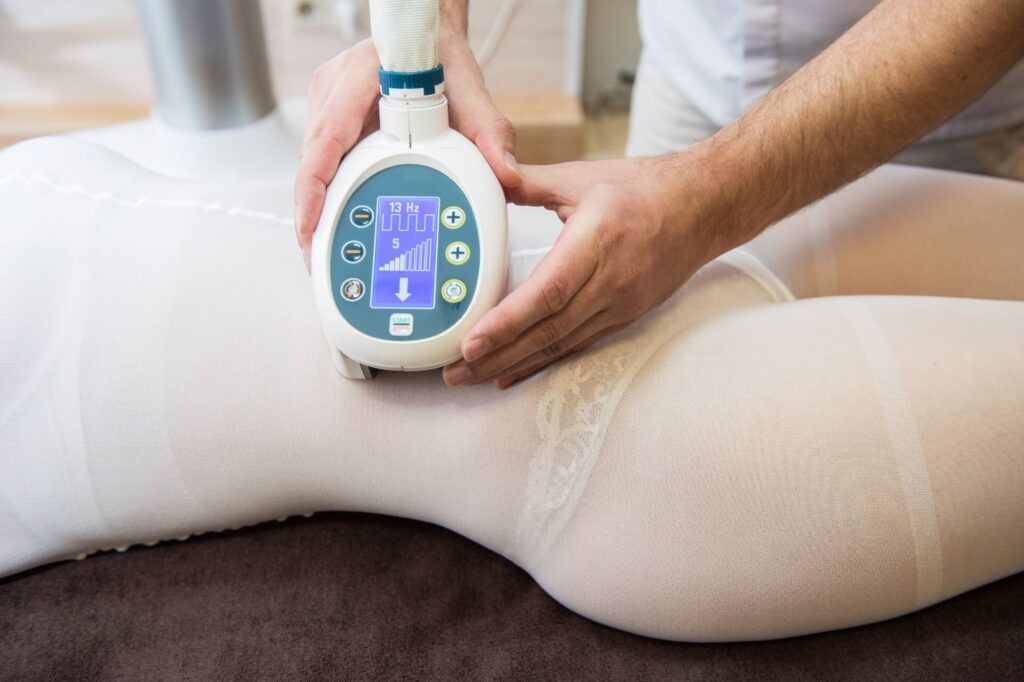

Cryosculpting
Cryoscultping is the world’s leading provider of non-invasive body shaping services and has helped thousands of people achieve their desired body shapes by eliminating stubborn fat. Computer-controlled cooling technology produces a painless and precise treatment for difficult to address areas such as lower abs, upper arms, chin , and legs.
Cryosculpting
- Spot reduction of areas like Abdomen, Thighs, Hips, Arms etc.
- Circumferential reduction of thighs.
- General reduction of waist, abdomen and buttocks.
- Cellulite reduction
- Body contouring and Shaping
- Deep Fat blasting
- Tightening, rejuvenation, improvement in elasticity and tone of skin.
Treatment Areas
- Thighs (“saddle bags”)
- Inner thighs
- Male breasts
- Abdomen
- Buttocks
- Flanks

